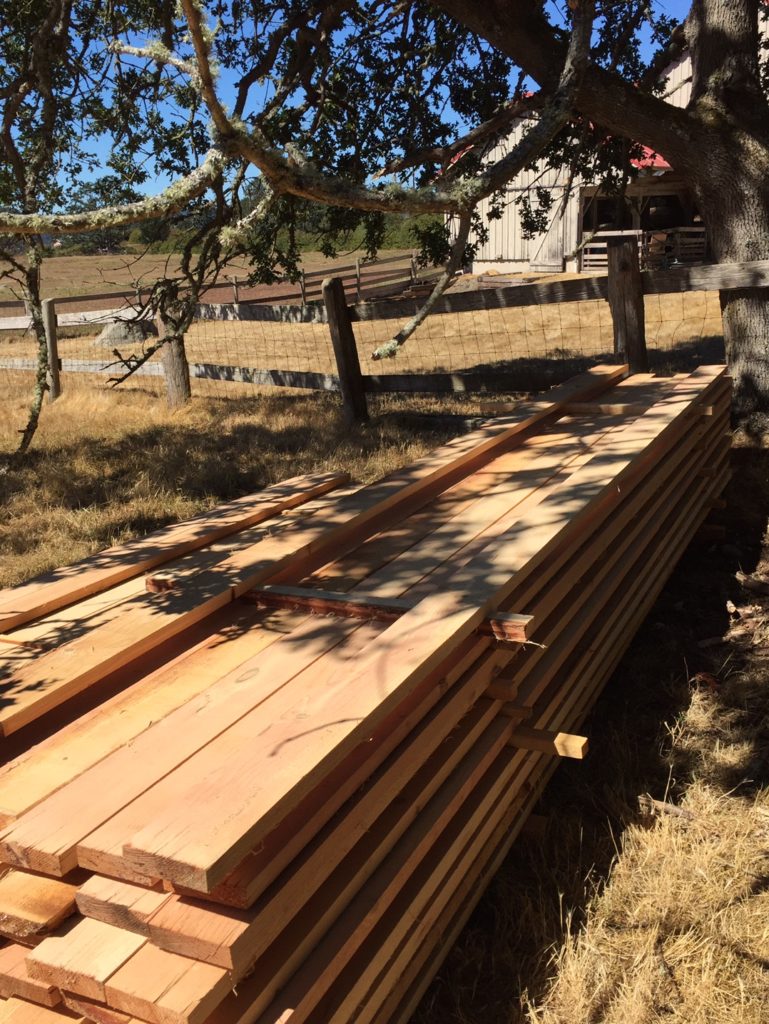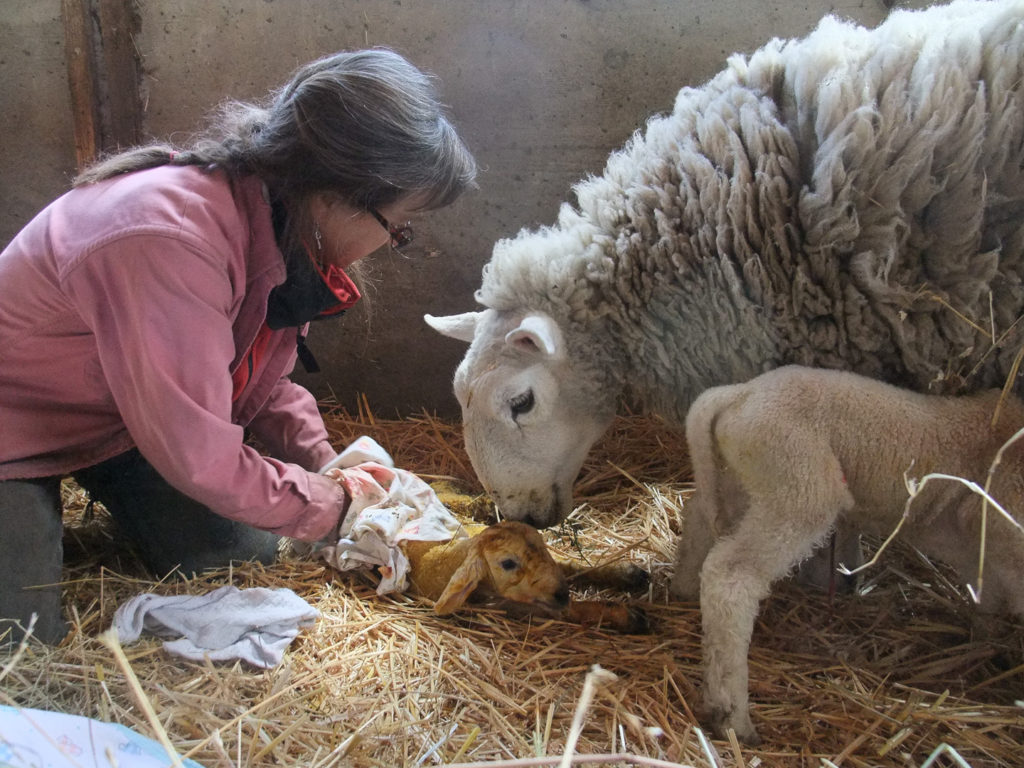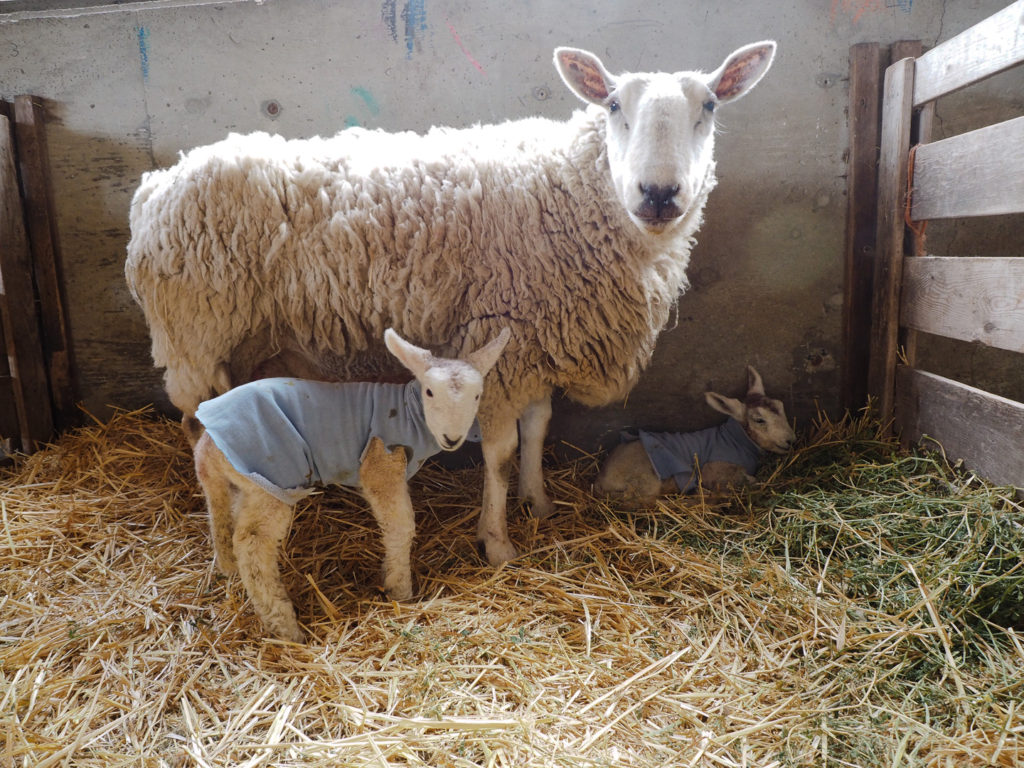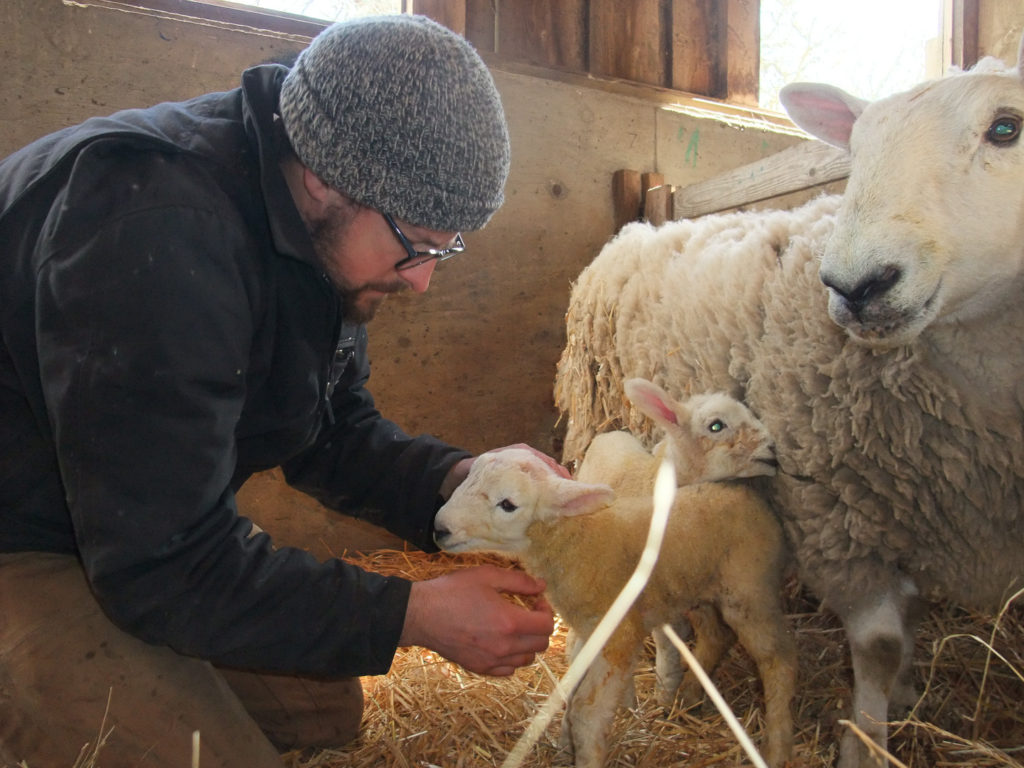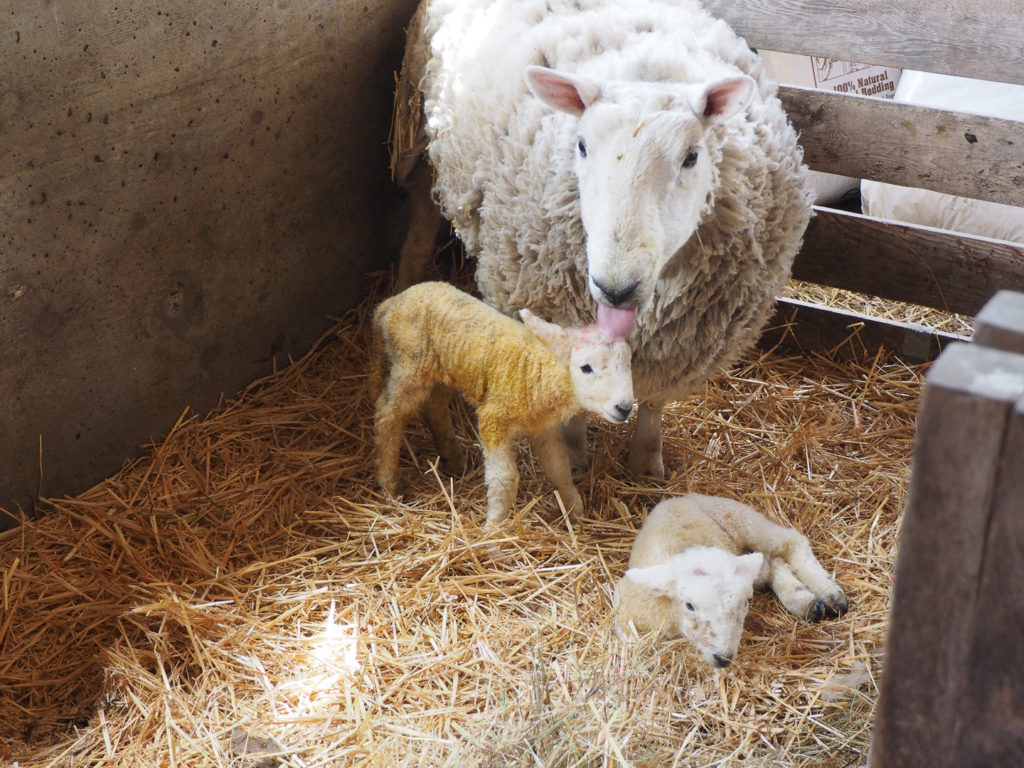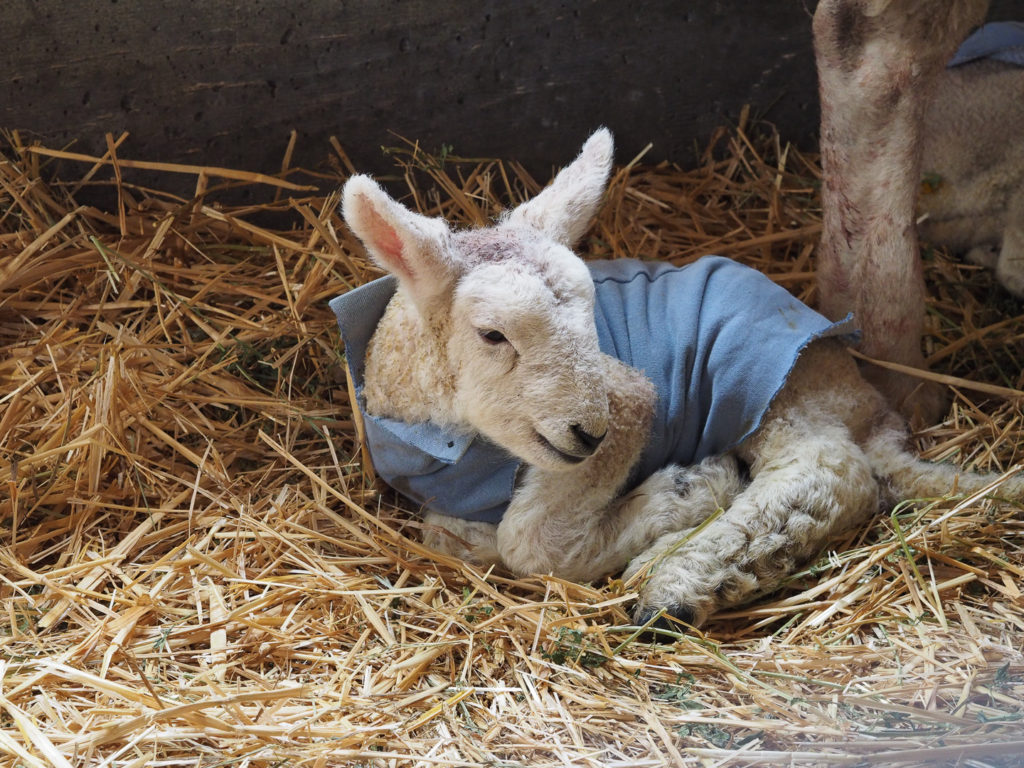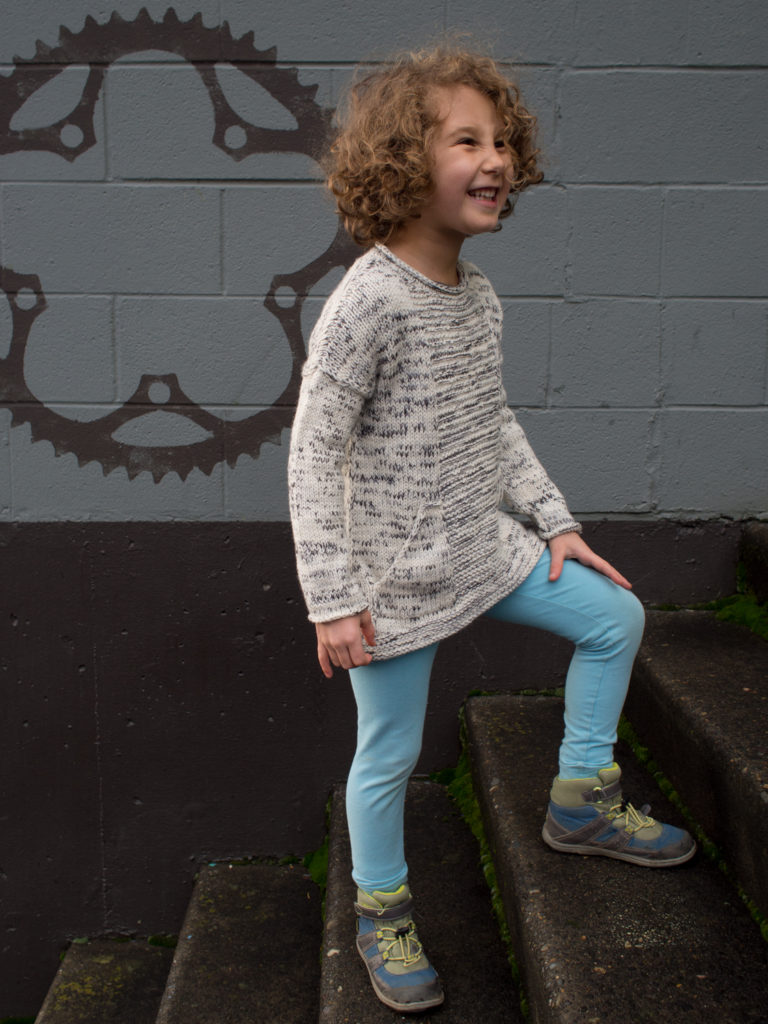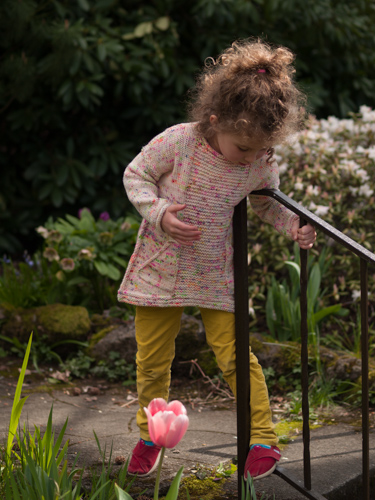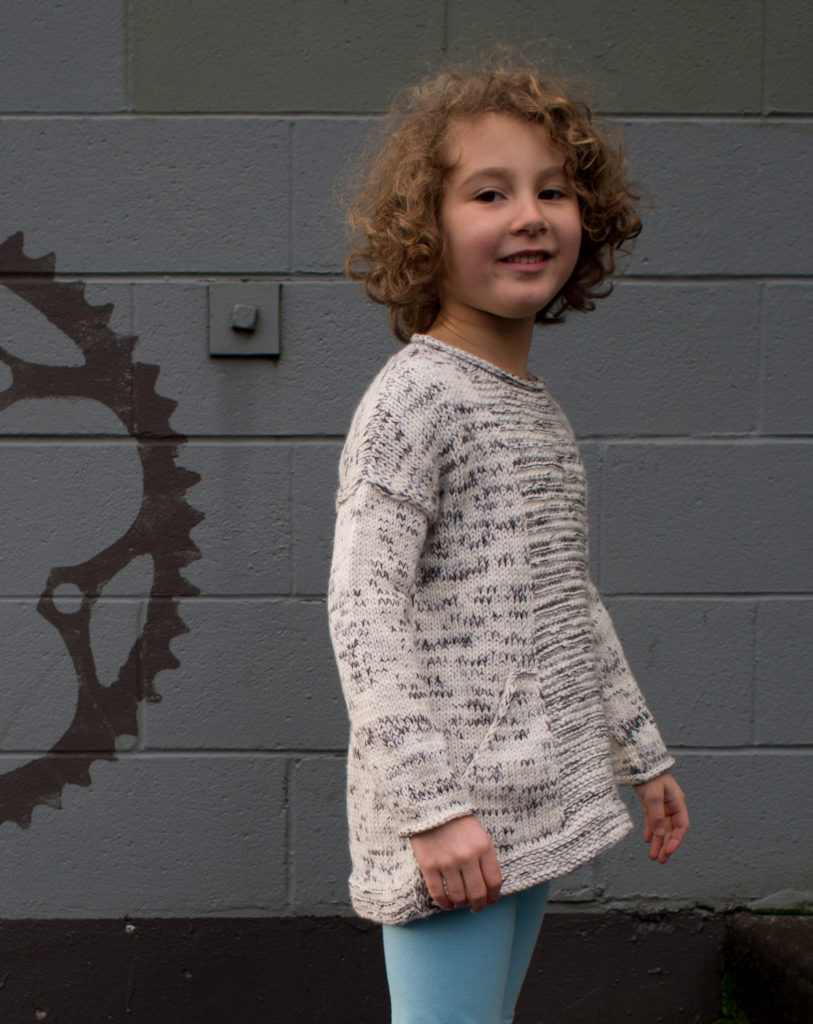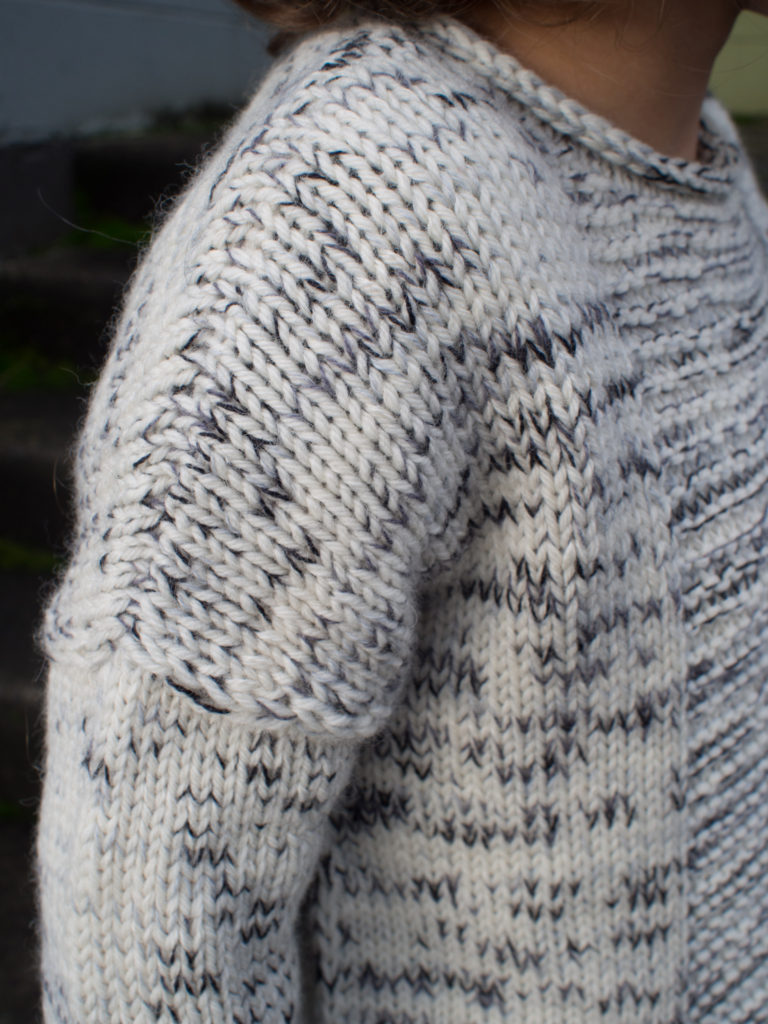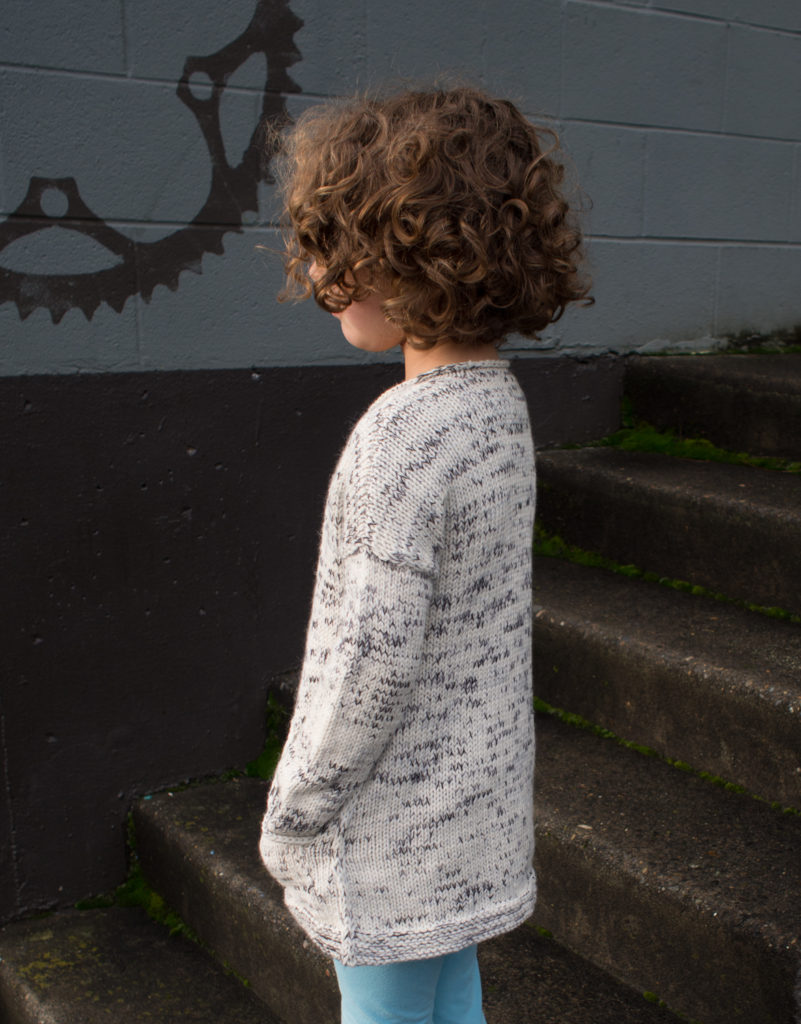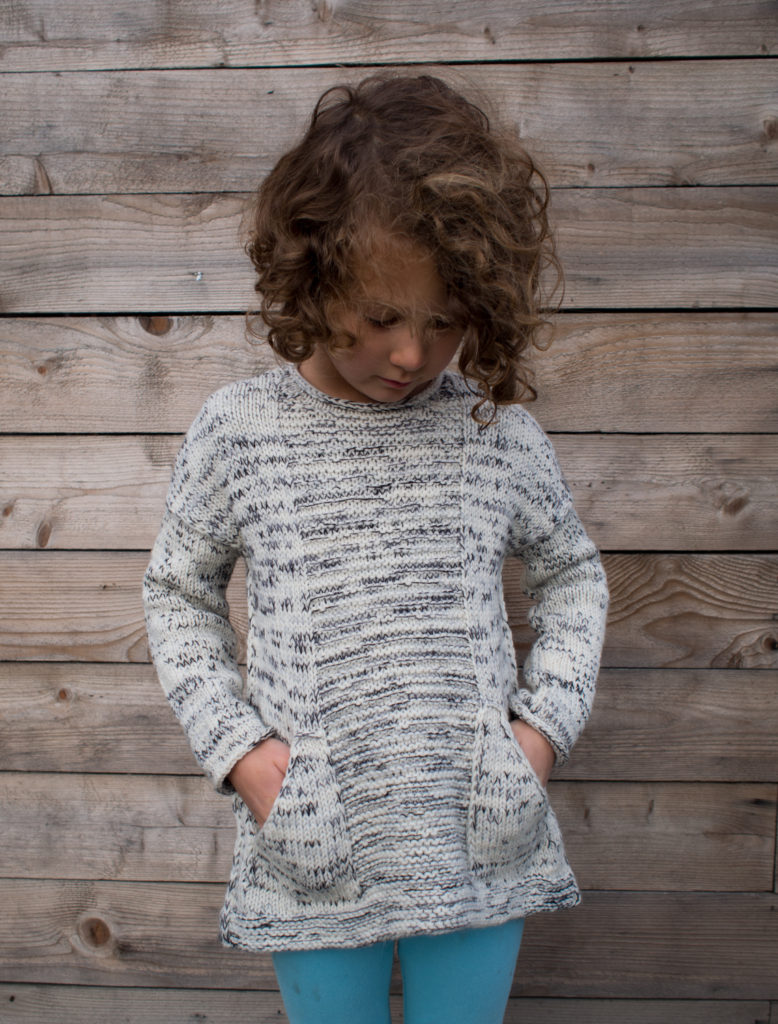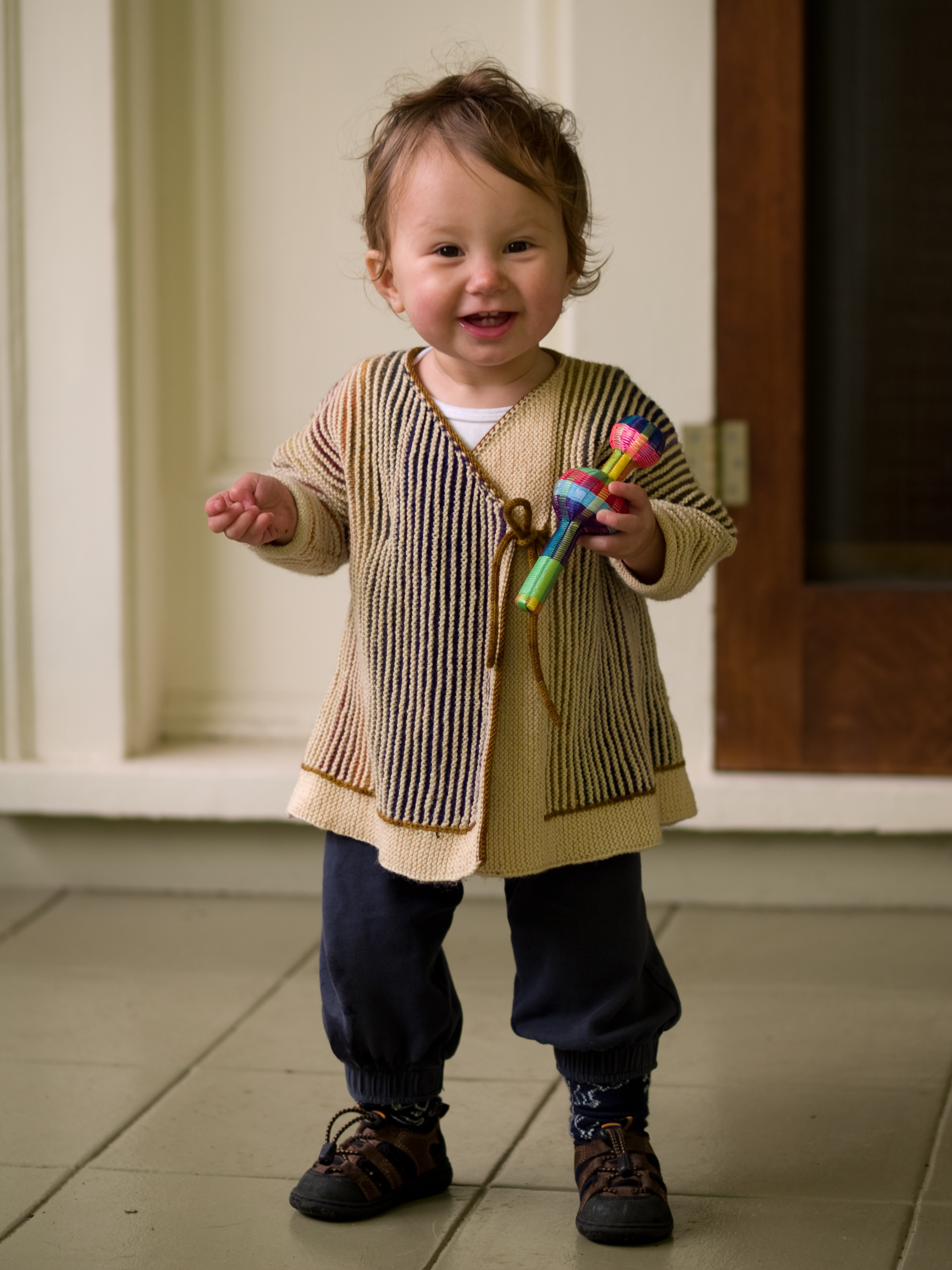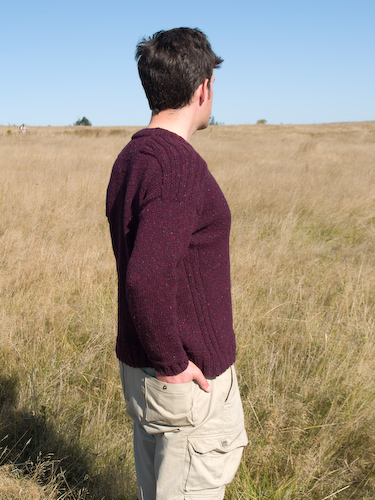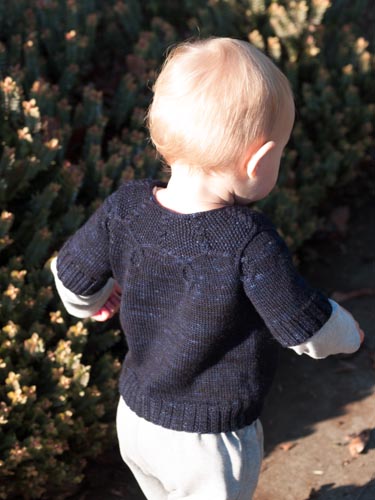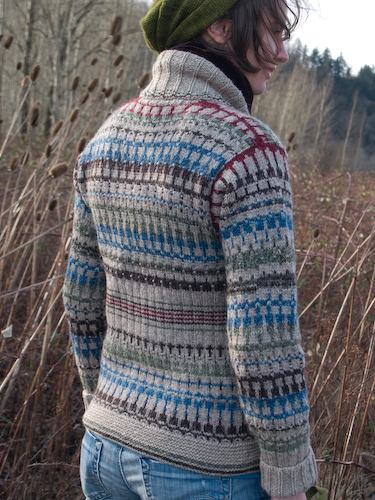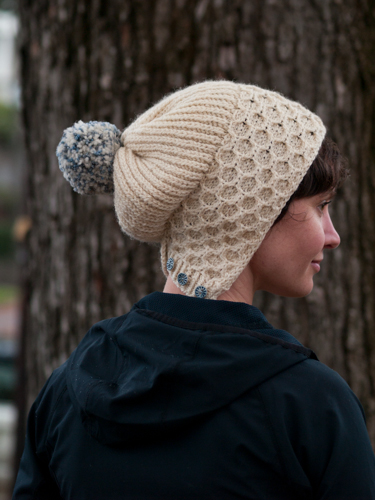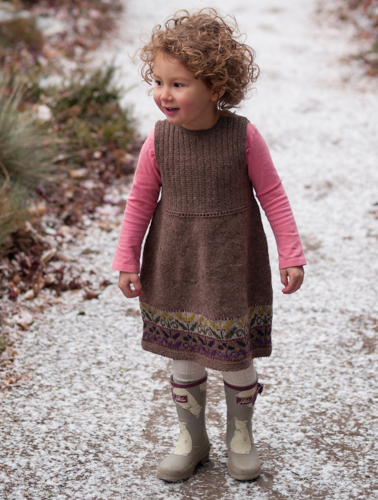I hated The Giving Tree. I don’t lightly second-guess Ursula Nordstrom—you have her to thank for the phenomenon of children’s books that actually appeal to children’s imaginations, and to me she’s something of a personal hero—but even as a tot I was horrified at this story of a boy’s increasingly rapacious relationship with an apple tree. This is probably just the reaction my parents were hoping to cultivate. I learnt to chant “Boycott GE!” at a tender age; we were still punishing the company for their pollution of the Hudson and the Housatonic. We carved a linoleum block with a spotted owl for our Christmas cards one year. My parents owned a lumber store, but I grew up knowing exactly where we stood on indiscriminate logging.
During the summer my husband ordered boards to rebuild our paddock fence, which is forty years old and falling apart. I thought I’d patched all the holes in the wire, but it was so rusty that the sheep simply shoved their heads through to form new ones wherever there were likely comestibles on the other side. One of the lambs was found to be freely scampering back and forth through such a hole. There’s no point in replacing the wire until we replace the rotten posts, so another big farm project is on.
The new wood is locally milled into fine stout boards that will do for horses as well as sheep, and it was delivered earlier this week. As we unloaded and restacked the lumber in the ewes’ field, Adam asked Jay where he typically gets the timber he mills. Construction sites? Harvesting on private land? “This lot came from back in Hidden Meadows,” he told us. Remember that game where you make yourself an alternate identity using the name of your first pet and the name of the street you grew up on? I’m here to tell you that Hidden Meadows makes a rather poor surname. And I knew instantly where this wood had come from.
My parents sold our Hidden Meadows house last summer. A few months later we heard that the new owner had felled a number of large trees to improve his view of the pond, including the cluster of big Doug firs in which we’d had a treehouse and a zip line. We laid our pets to rest amongst their roots. I’ve managed not to be too sentimental about losing the house of my childhood—my sense of home is imbued in the island itself—but I was sorry to think of those trees gone. It was a queer sensation indeed to find myself standing over the boards milled from their mighty trunks.
In the next few weeks we’ll start pulling out the old fence and setting the new posts. We’ll offset these sixteen-foot boards over spans of three posts for a sturdy fence a horse can rub her bum against. With any luck, I’ll be an old woman by the time we need to build it again. Shel Silverstein cannot convince me the trees are happy, and I wish they were still wriggling their roots toward the pond and offering their whippy tops to the breezes, but I am touched and appreciative that they’ve followed me.
